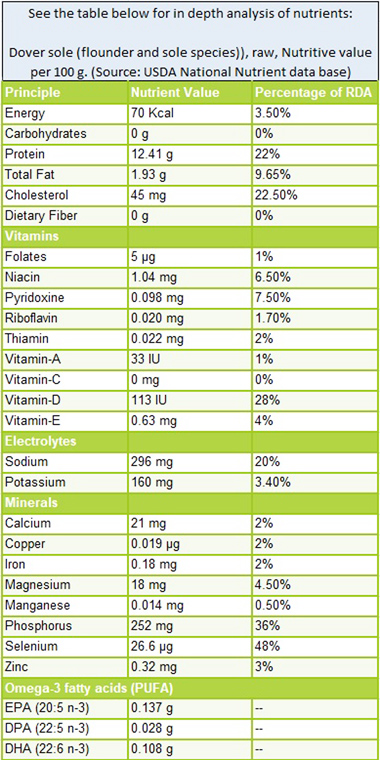Flounder Species
The notable flounder species are:
-
The Atlantic flounder (Paralichthys dentatus) is commonly known as summer flounder or fluke, inhabits the western Atlantic Ocean, from Canada to Florida. It is prized for its mild flavor and firm texture, making it a favorite among recreational and commercial fishermen alike.
-
European flounder (Platichthys flesus) is found in coastal waters from the Baltic Sea to the Mediterranean, is esteemed for its delicate taste and versatility in culinary applications.
Description
A flounder fish is characterized by its flattened body, which allows it to camouflage itself on the ocean floor. With both eyes positioned on one side of its head, flounder has a remarkable ability to blend into its surroundings, making it a proficient predator. It typically ranges in size from small to medium, with variations depending on the specific species.
Flounder can be identified by its diamond-shaped body, mottled brown or green coloration, and distinctive eyes. Like other flatfish, flounder swims sideways and has a unique asymmetrical appearance.
Habitat and Biology
Flounder is a demersal fish, meaning it resides on or near the ocean floor. It inhabits a variety of coastal environments, including sandy bottoms, mud flats, and rocky reefs. Flounder is known for its adaptability, thriving in both shallow and deep waters.
Flounder feeds on a diet of small fish, crustaceans, and marine invertebrates. Its hunting strategy involves lying in wait for prey to pass by, then ambushing with a swift strike. This predatory behavior, combined with its camouflage abilities, makes flounder a formidable predator in its ecosystem.
Habitat and Biology
Dover sole is a demersal fish that exhibits almost similar growth characteristics as other benthic species like turbot, flounders, etc. Adult fish live on sandy and muddy bottoms, from the shore down to 300 m. North Sea Dover sole spawns in April-June. They feed on fish eggs, worms, small soft-shelled bivalves, small fishes, and .
